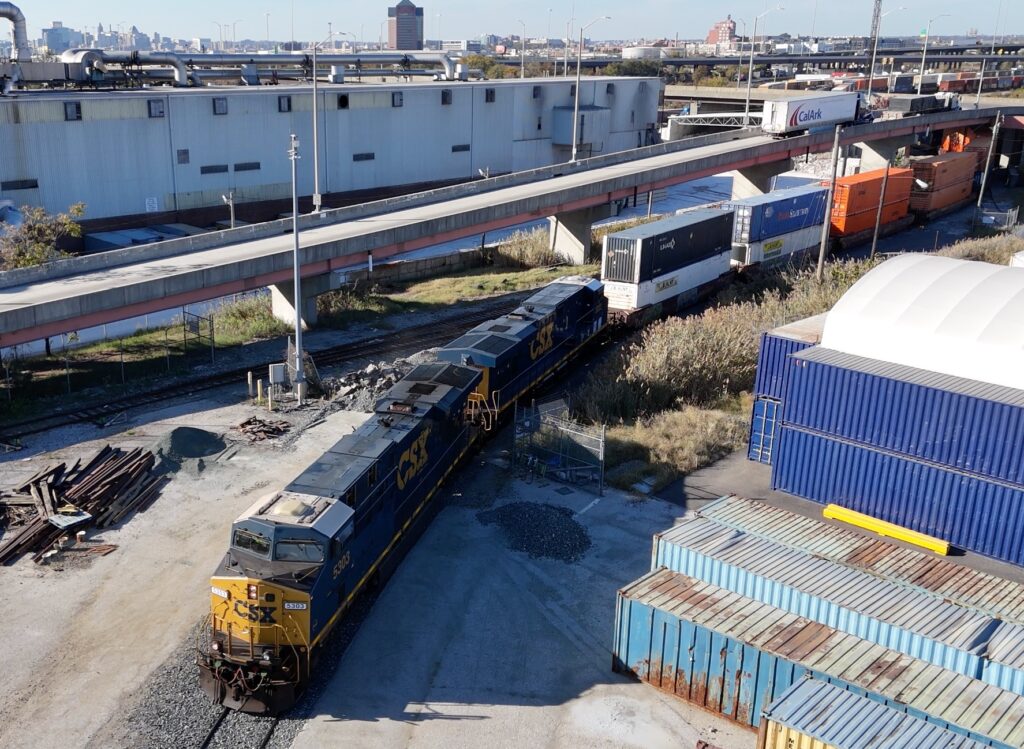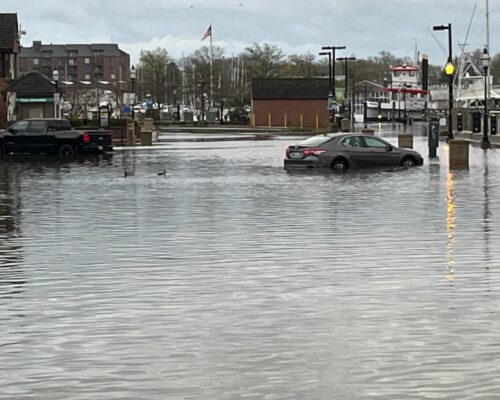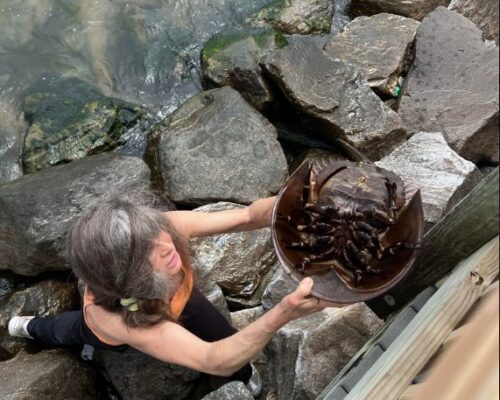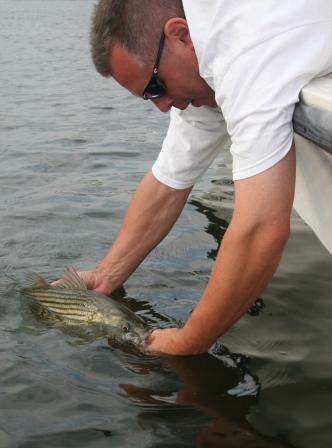The state of Maryland is celebrating a milestone: the Port of Baltimore is now able to send containers in and out by rail much more quickly—because the containers can be double stacked.
Vertical clearances have been extended at rail bridges north of Baltimore, allowing a clear path for CSX-operated trains to carry containers one on top of another. The initial effort has been completed months ahead of time, Maryland Governor Wes Moore says.
The state says saves money because it allows more containers to be transported at the same time, it cuts the number of train trips polluting the environment, and it allows the port to move about 160,000 more containers each year. It will be able to keep up with demand from the ultra-large container ships that now call on Ports America Chesapeake at Seagirt Marine Terminal. Double-stacked operations will reportedly create 13,000 new jobs.
Moore says there will be new opportunities for imports and exports in the Northeast and to Midwest markets. “As the Port of Baltimore continues to grow, this transformational project will help increase business activity and create thousands of new jobs,” Moore says.
It’s just the beginning of a larger project to be completed by 2026. The Howard Street Tunnel modernization project involves the rebuilding of Baltimore’s 129-year-old train tunnel and 21 other locations along the CSX I-95 corridor in Maryland, Delaware, and Pennsylvania.
The $293 million project will increase vertical clearance by just 18 inches… but it’s enough to allow double-stacked container trains to pass through. When the Howard Street Tunnel Project is complete, the East Coast will have “seamless double-stack capacity from Maine to Florida.”
For this first phase, however, double-stacked trains will operate along a temporary route along the CSX network in Pennsylvania, New Jersey, New York and out to the Midwest.
“The completion of the Howard Street Tunnel Project will fundamentally change rail service throughout the Eastern seaboard, greatly improving the efficiency and capacity at the Port of Baltimore and with it, opening numerous new markets for the Port’s growth,” says Maryland Transportation Secretary Paul J. Wiedefeld. Today’s announcement is an important next step in reinvigorating the Port and our local economy.”
As the Port of Baltimore looks ahead to increased container volume, the port already ranked first nationally in 2023 for auto and light truck volume, roll on/roll off farm and construction machinery, imported sugar and imported gypsum.




